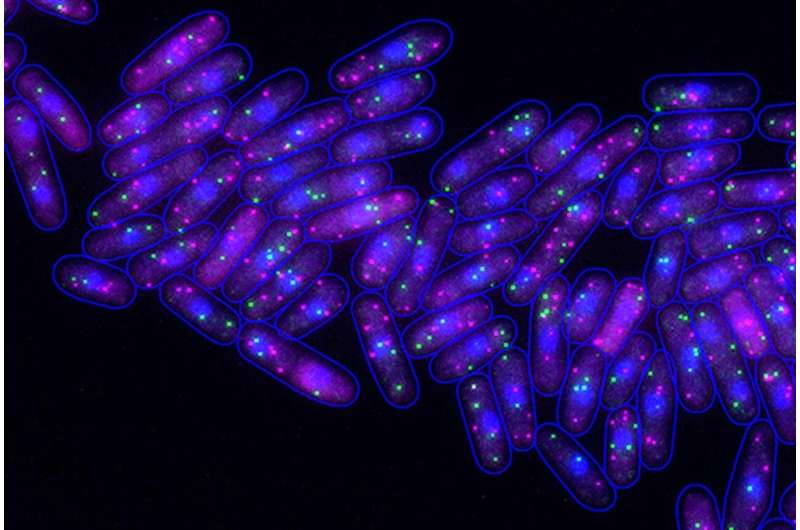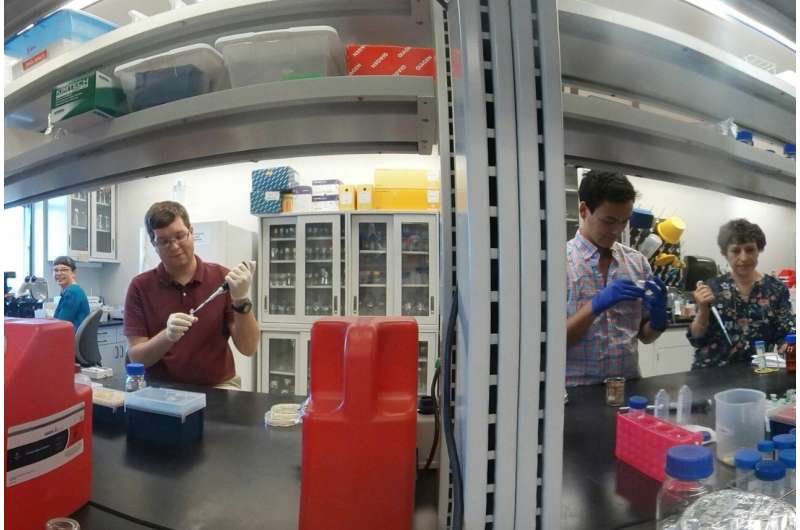This article has been reviewed according to Science X's editorial process and policies. Editors have highlighted the following attributes while ensuring the content's credibility:
fact-checked
peer-reviewed publication
trusted source
proofread
Research team makes surprising discovery of low-noise genes

While engaging in cell division research, Silke Hauf and members of her lab made a surprisingly quiet discovery. When cells express RNA, there is always some fluctuation, or noise, in how much RNA is produced. Hauf's group found several genes whose noise dips below a previously established threshold, known as the noise floor, during expression.
"We have solid data for this phenomenon," said Hauf, associate professor in the Department of Biological Sciences at Virginia Tech. "There are some genes that are different and can have super low noise."
Often upstaged by the more striking, well-publicized high-noise genes, Hauf and her team were intrigued by these ultra-low noise genes as they provide a window into the understanding of gene expression and gene expression noise.
This discovery, published in the journal Science Advances, includes contributions from co-authors Abhyudai Singh, professor of electrical and computer engineering at the University of Delaware, and Ramon Grima, professor of computational biology at the University of Edinburgh. Both Singh and Grima are also mathematical biologists.

Cells will be cells
Hauf said the discovery's importance lies in helping gain a basic understanding of how these cells do what they do. Cells can't avoid making noise, but for them to function well, the noise needs to be minimized. She compared it with airports attempting to keep their flights on time in order to gain maximum functionality." So it's exciting to see that there are genes that operate with a minimum level of noise," said Hauf. "Imagine there was a flight that always left within five minutes of the scheduled departure time. Wouldn't you want to know how the airline does it?"
Opens the door to more discoveries
Hauf is excited about understanding how these cells express in such a quiet manner and learning more about the mechanisms behind it. She also would like to find other genes in this category.
"We saw these minimal fluctuations in one particular organism and cell type, but we really need to check other cells to determine if it is universal," Hauf said.
More information: Douglas Weidemann et al, The minimal intrinsic stochasticity of constitutively expressed eukaryotic genes is sub-Poissonian, Science Advances (2023). DOI: 10.1126/sciadv.adh5138. www.science.org/doi/10.1126/sciadv.adh5138
Journal information: Science Advances
Provided by Virginia Tech





















